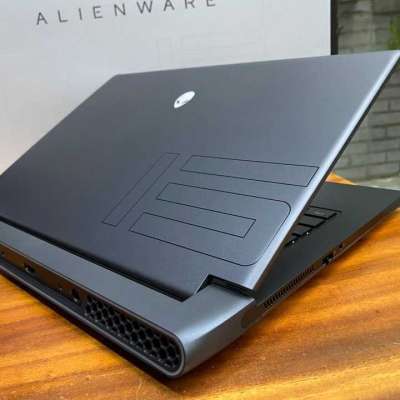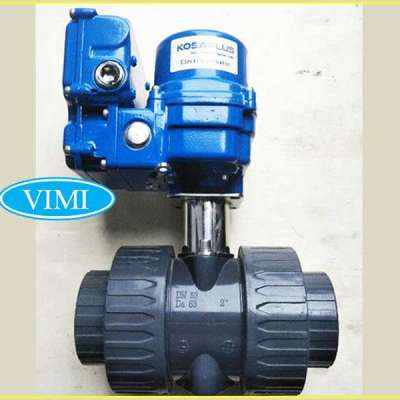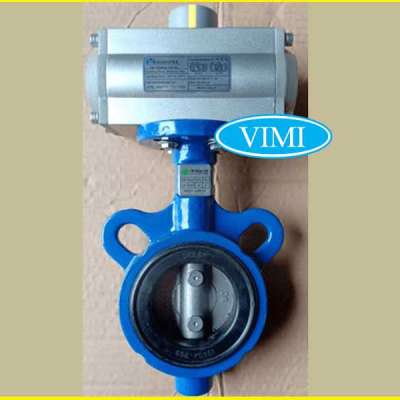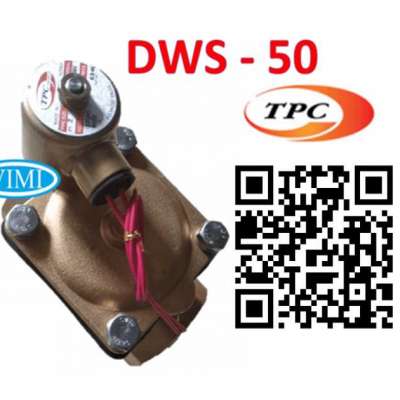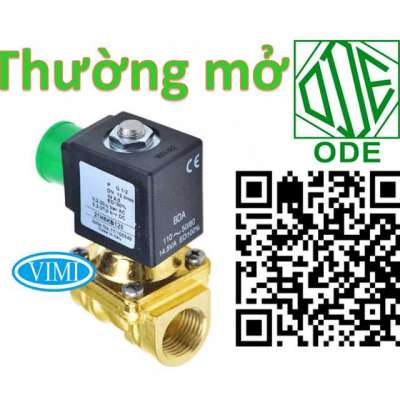AV System Integration and the Evolution of Home Entertainment
Introduction
Home entertainment has come a long way from just having a simple TV in the living room. Technology has advanced significantly over the past few decades enabling an immersive home theater experience right in our own homes. This evolution was enabled by the advent of audio/video (AV) system integration which allows seamlessly connecting different devices and components through a centralized control system. In this blog post, we will discuss the history of AV system integration and how it has transformed home entertainment over the years.
The Early Days of Home Theater
In the 1980s and early 1990s, home entertainment mainly consisted of a television set placed in the living room for casually watching broadcast TV programs and VHS movies. While audio equipment like amplifiers, speakers and turntables were available, they were often standalone components without much thought given to integrating them together into a cohesive home theater experience. The first glimmers of home theater began with higher-end audio separates being paired with bigger television screens. However, it was still a rudimentary setup without centralized control.
Emergence of AV Receivers
The 1990s saw the emergence of AV receivers as the central hub that could connect multiple audio and video components together. Pioneer was one of the first manufacturers to release AV receivers with multiple analog audio and video inputs. This allowed components like VCRs, laserdisc and DVD players to be connected to a receiver which then passed the audio and video signals to the TV. The receiver also incorporated basic controls and processing for multiple speakers. While a big improvement over separate components, early AV receivers still lacked sophisticated programming capabilities.
Rise of Whole Home Control
In the new millennium, the rapid digitization of home entertainment led to more advanced AV receivers with HDMI inputs and outputs. Technologies like HDMI brought all audio, video and interactive components together on a single cable. Control capabilities also evolved with programmable universal remotes that could power on/off connected devices as well as recall inputs, volume levels with single button presses. Manufacturers also began offering integrated "whole home" control solutions utilizing IP networks and smart devices to manage multi-zone audio throughout the house. Remote apps further enhanced the convenience of centralized control on mobile devices.
Custom Integration Takes Off
As home theaters became more sophisticated, consumers increasingly sought custom-designed solutions to fully optimize the audio/video experience in their unique spaces. Professional AV integration companies specializing in high-performance, multi-room systems emerged to meet this demand. Using advanced processors, they could fine-tune the acoustics, calibrate room equalization and install centralized touch panels for an intuitive user experience. Integrators also addressed the need for seamless control of smart home devices, lighting, security, HVAC and more through one unified platform. Whole home integration systems delivered unprecedented convenience and immersion.
Impact of Streaming and Voice Control
The past decade brought about significant changes in content delivery and user inputs. Streaming media players enabled ubiquitous access to online video and music services. Voice assistants emerged as a natural, hands-free way to command A/V systems via speech. Capitalizing on these trends, modern integrators now offer voice control of playback, smart home functions and more. With streaming integrated at the core, a simple voice command can launch any media on any of the rooms' displays. Advanced programming aids discovery and personalization. The emergence of high-quality streaming audio also paved the way for whole home, multi-room wireless audio distribution.
The Future of Custom Integration
As home entertainment technologies continue to progress each year, the role of professional custom integration will become increasingly important. Advanced processors with expanded I/O and more powerful distributed audio will facilitate even higher-end, more immersive experiences. Holographic and virtual displays may find their way into luxury homes to further raise the amazement factor. Artificial intelligence is poised to make systems more intuitive through machine learning and predictive capabilities. Seamless control of smart home ecosystems, autonomous vehicles and other consumer technologies will be fully realized under a unified platform. Custom integration in the years to come will be about delivering invisible, invisible experiences that feel futuristic yet natural for leisure and everyday living.
Conclusion
AV system integration has played a pivotal role in shaping the way we enjoy home entertainment. From early receivers to whole home automation control and streaming integration, the technologies have vastly improved over time, turning living spaces into fully immersive theaters. Custom installation has allowed tailoring those advancements to unique spaces and lifestyles. As innovations continue, future homes will have an even more symbiotic relationship between A/V systems and daily conveniences, redefining the entertainment experience. Professional integration will be crucial to optimizing comforts through seamless orchestration.
Read More:- https://avtechsolutions.wixsit....e.com/avsolutions/po
כמו
תגובה
לַחֲלוֹק










